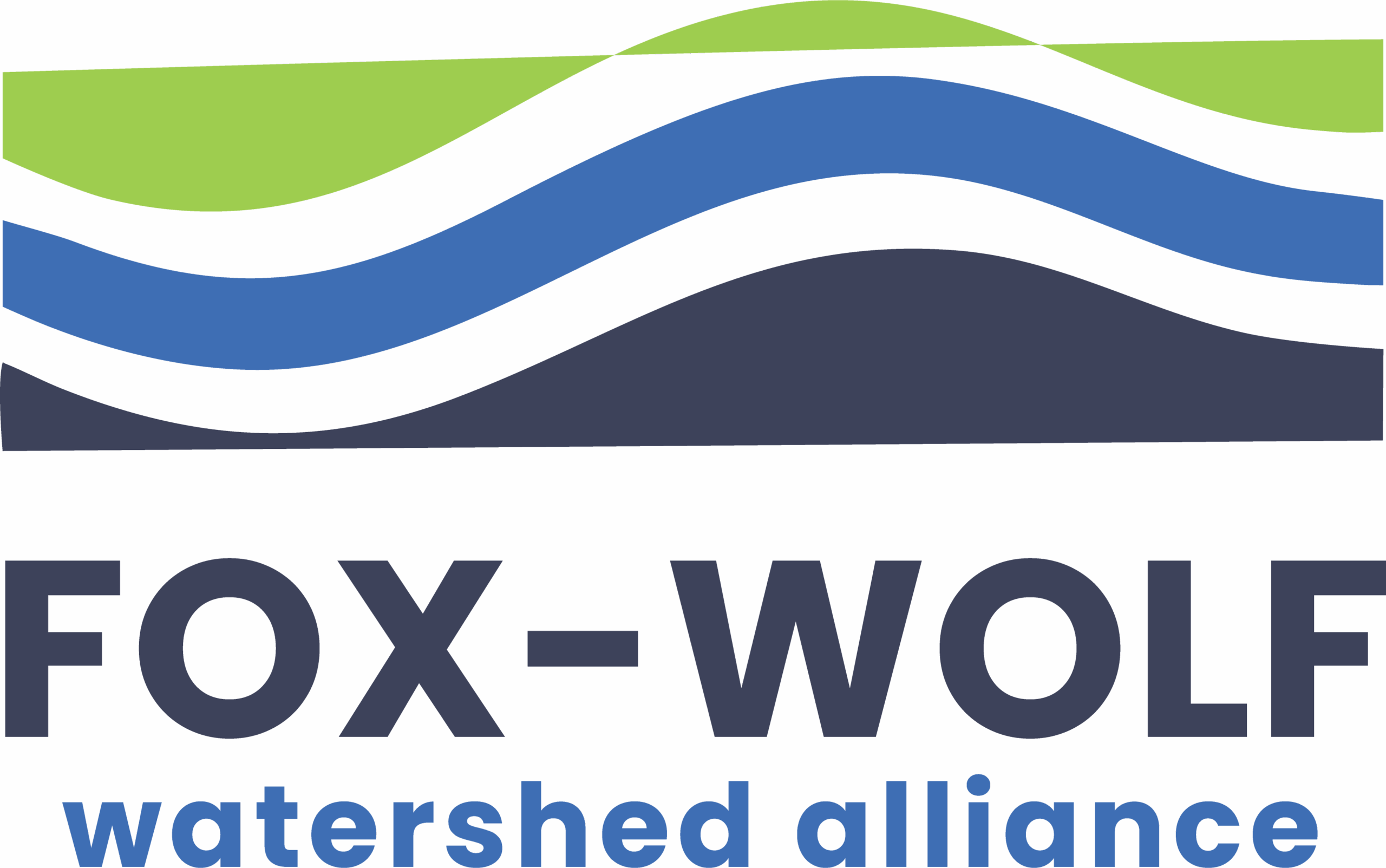Startup Company Finding Ways to Deal with Invasive Plant
Original Story: Tom Page, CNN
Lake Naivasha, northwest of Nairobi, Kenya is becoming increasingly unnavigable. Water hyacinth, the world’s most widespread invasive species, is blanketing the lake, choking its fish and leaving people stranded.
“Sometimes it becomes very serious,” says Simon Macharia, a local fisherman, about the weed problem. “There was this incident where fishermen were trapped by  hyacinth inside the lake for three days. We had to seek help from the government (who) used a helicopter to rescue them.”
hyacinth inside the lake for three days. We had to seek help from the government (who) used a helicopter to rescue them.”
What’s happening in Lake Naivasha is a story repeated all over the world. Water hyacinths are native to South America, but were introduced as an exotic ornamental to many other countries. They’ve since taken over freshwater environments and are labeled an alien invasive species on every other continent aside from Antarctica.
As well as their impact on biodiversity and livelihoods, the floating plant can clog hydroelectric and irrigation systems, meaning that one does not need to live in their proximity to be affected. It’s the highest-profile example of an invasive aquatic plant crisis that has cost the global economy tens of billions of dollars historically, and now more than $700 million annually.
Luckily for us in the Fox-Wolf Watershed, we caught our water hyacinth problem early! In 2024, water hyacinth was eradicated from Lake Winneconne! What a great watershed win!
Taskforces from multiple organizations have attempted to find solutions. Introducing weevils that attack the plant can restrict its spread and even cause it to lose buoyancy. There are also proposals to harvest the water hyacinth and combine it with municipal waste and cow dung to produce biofuel. Now a Kenyan company is addressing the problem as well as the country’s plastic pollution issue by turning the invasive plant into a bioplastic.
HyaPak Ecotech Limited, founded by Joseph Nguthiru, began life as a final year project by the former Egerton University civil and environmentalengineering student. Nguthiru and his classmates experienced the problem of water hyacinths firsthand on a field trip to Lake Naivasha in 2021, when their boat became trapped for five hours. They returned determined to do something about it.
Nguthiru’s bioplastic is made from dried water hyacinth combined with binders and additives, which is then mixed and shaped.
 The product, which biodegrades over a few months, was first used as an alternative for plastic packaging. In 2017, Kenya introduced a law banning single-use plastic bags, and in 2020 all single-use plastics were banned from protected areas. The results have been mixed; with homegrown manufacturing banned, there have been reports that single-use plastic bags have been smuggled into Kenya from neighboring countries. “The problem behind (the ban) is that there were no proper alternatives that were produced,” argued Nguthiru.
The product, which biodegrades over a few months, was first used as an alternative for plastic packaging. In 2017, Kenya introduced a law banning single-use plastic bags, and in 2020 all single-use plastics were banned from protected areas. The results have been mixed; with homegrown manufacturing banned, there have been reports that single-use plastic bags have been smuggled into Kenya from neighboring countries. “The problem behind (the ban) is that there were no proper alternatives that were produced,” argued Nguthiru.
Fishermen including Macharia are now harvesting the invasive plant on Lake Naivasha, then drying and selling it to HyaPak. It’s a useful alternative income, he said, especially on days when the plant has covered his net, preventing it from catching fish.
One project that could help HyaPak grow is its partnership with the Kenyan government to use its products as part of a flagship reforestation scheme.
According to Global Forest Watch, Kenya lost 14% of its tree cover between 2001 and 2023. In late 2022, Kenya’s Forestry and Land Restoration Acceleration  program committed to planting 15 billion seedlings by 2032 on degraded forest and rangeland. Doing so would bring the nation’s tree coverage to over 30 percent, said the government.
program committed to planting 15 billion seedlings by 2032 on degraded forest and rangeland. Doing so would bring the nation’s tree coverage to over 30 percent, said the government.
All those seedlings need bags in which to grow and be transported, and HyaPak’s seedling bags are part of the plan, said Nguthiru.
A plastic-based seedling bag has a carbon footprint of 1.6-1.7 kilograms, according to Nguthiru, and it is disposed of when the seedling is planted. HyaPak’s alternative is planted with the seedling and biodegrades, releasing nutrients including nitrogen. What’s more, during the seedling’s first months, the bioplastic slows water seeping into the surrounding soil, reducing the amount of watering required.
Want to read the full story? Click the button below!
Photo Credit: CNN, Patrick Siwula, Amanda Smith
Questions? Comments? Contact Chris Acy, the AIS Coordinator covering Brown, Outagamie, Fond du Lac, Calumet, and Winnebago Counties at (920) 460-3674 or chris@fwwa.org!
Follow the Fox Wolf Watershed Alliance on our Fox-Wolf Watershed Alliance Facebook page or @fox_wolf_watershed_alliance on Instagram! You can also sign-up for email updates at fwwa.org.
The Fox-Wolf Watershed Alliance is an independent nonprofit organization that identifies and advocates effective policies and actions that protect, restore, and sustain water resources in the Fox-Wolf River Basin.
Reporting invasive species is a first step in containing their spread. Maintaining and restoring our waters and landscapes can reduce the impacts even when we don’t have other management options to an invasive species.
